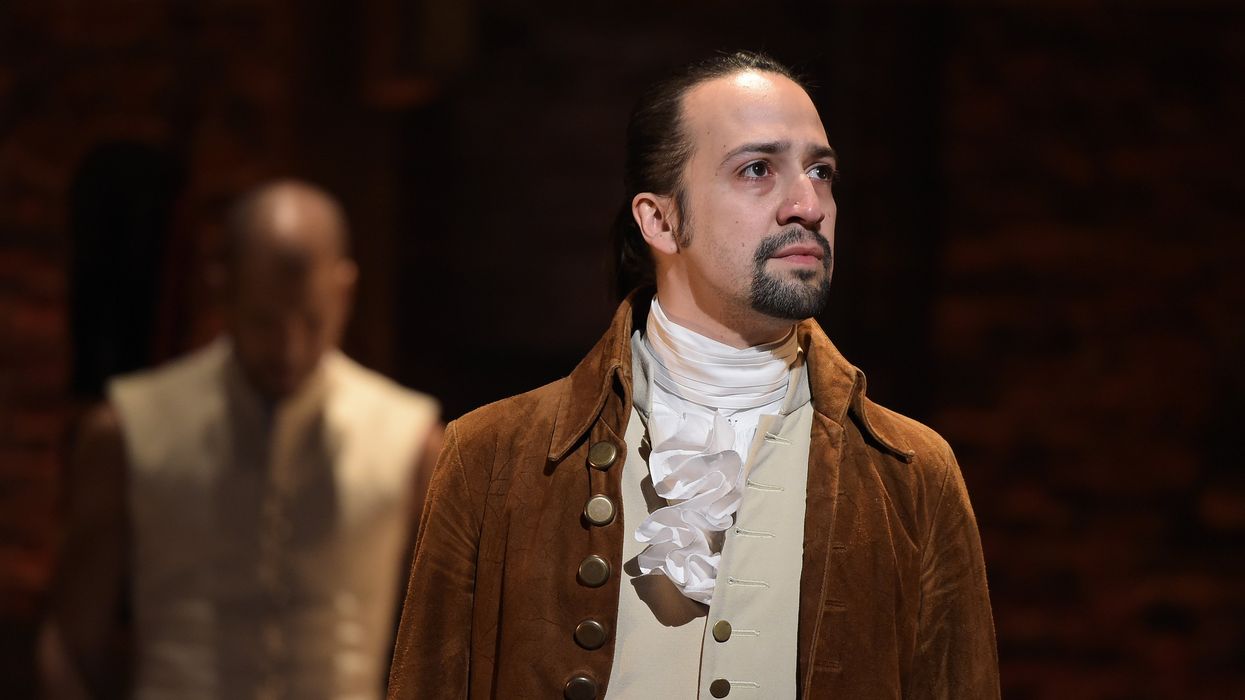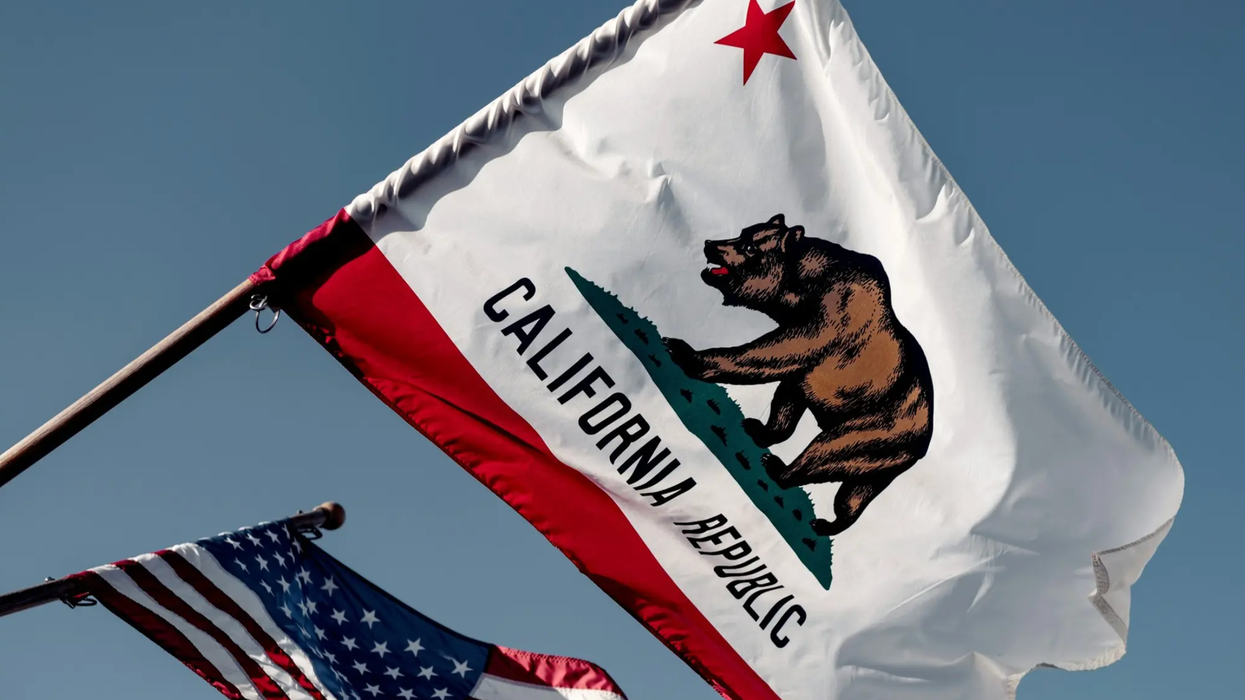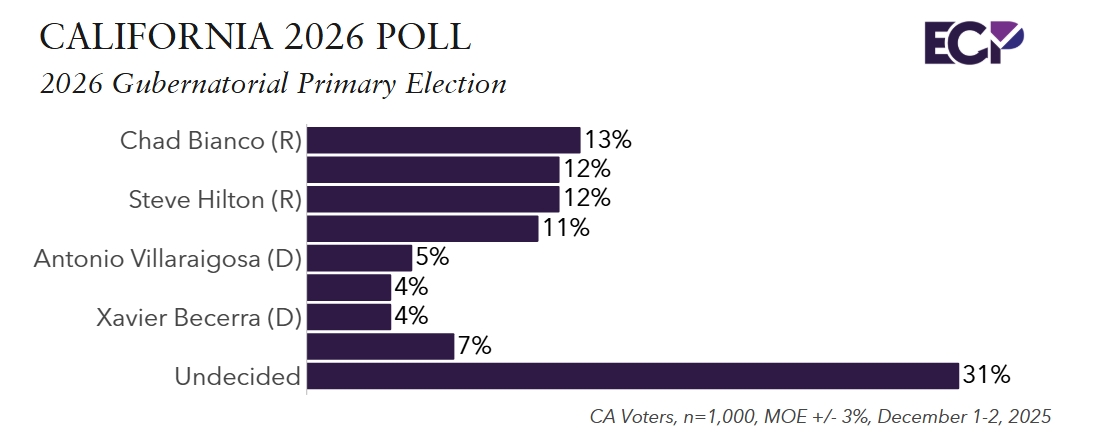An unlikely legislative coalition of urban African-American Democrats and rural and suburban Republicans is threatening to reverse the will of Missouri's voters, who decided last fall to drain much of the politics out of the state's political mapmaking.
A referendum approved with 62 percent support in November turns the drawing of the state's legislative districts over to an independent commission tasked with ensuring partisan balance and competitiveness. But this week the state House will debate legislation to keep the redistricting process essentially as is, with the decisive power in the hands of the majority party bosses.
The so-called Clean Missouri plan would likely mean the Democrats would reduce the supermajorities the GOP has enjoyed this decade in the state House and Senate, an Associated Press analysis found. But several prominent African-American Democrats say the price would be unacceptably steep: The dismantling of several black-majority districts and the spreading of African-American voters into white-majority districts in order to help them start tilting Democratic.
"There are definitely concerns in the caucus that the way it was written could create long, spaghetti string districts and dilute the black vote at a time when we have historic black representation in the House," Rep. Steve Roberts of St. Louis, a leader of the sharply divided Legislative Black Caucus, told the Kansas City Star.
Republicans assert that protecting African-American districts is among their main motivations for trying to reverse Clean Missouri, and they seem confident they can pass their bill with support of some black lawmakers. Assuming it also gets through the lopsidedly Republican state Senate, GOP Gov. Michael Parson would likely sign it.
None of the other states where voters approved redistricting reform measures last fall – Michigan, Colorado and Utah – are having second thoughts about the move.




















